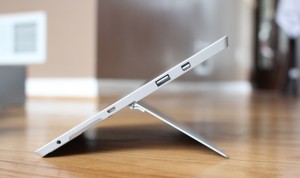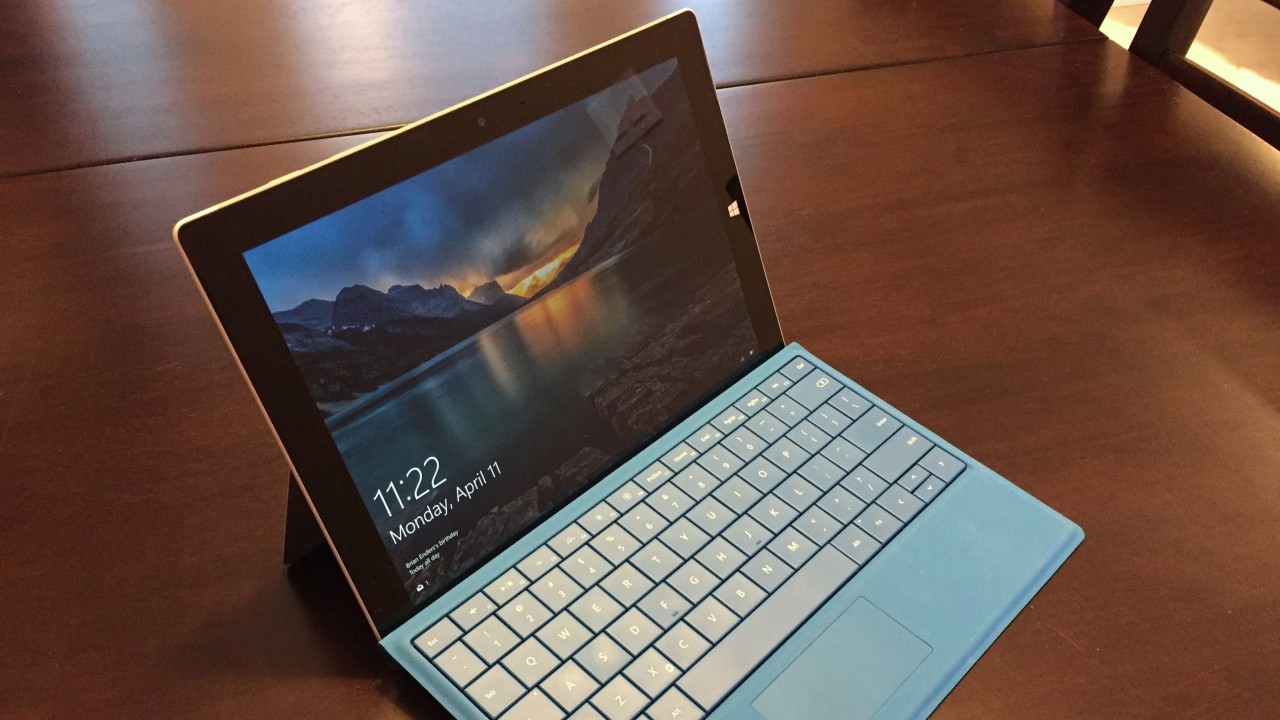It was over a year ago that Microsoft introduced the Surface 3, a lower-cost option to the Surface Pro 3. With a year now behind the device, it’s time to take another look at smaller Surface tablet.
The device was introduced after the Surface 2 RT and represented a new start at the lower-end of the Surface spectrum that was not running on an ARM based processor. Using the new, at that time, Intel Atom Cherry Trail chip, Microsoft looked to position the device as a lower-powered brother to the Pro 3 at a more palatable price of $499.
Unlike the Surface Pro 4 and Surface Book, the release of the Surface 3 was not marred by any major chipset issues that impacted performance or sleep. But, the company has released several firmware updates that have improved stability and ironed out any issues that did arise during the first year of availability.
If you do have one of these devices and haven’t upgraded to Windows 10, it is highly recommended. The early, pre-release builds of Windows 10 were unstable on the device, but since the OS reached RTM last July, it has been mostly smooth sailing.
Seeing as the chip is an Intel Atom, performance was never a strong point of the tablet, but it still performs adequately running Windows 10. The device was never targeted at power-users and for basic tasks, such as email, web browsing, and Office, the Surface 3 tackles these challenges without any issues. With that being said, the device is starting to show its age, as it doesn’t have Windows Hello support, the Type cover has yet to be refreshed to use the same layout as the Surface Pro 4, and charging is accomplished via micro USB rather than USB type C.
 Those missing features are not a knock against the device, they are simply new features that Microsoft has promoted since the device has been shipped, which means the Surface 3 is due for a refresh. But, without a new Intel chip on the near-term horizon, it doesn’t make much sense to release a Surface 4 using the same silicon.
Those missing features are not a knock against the device, they are simply new features that Microsoft has promoted since the device has been shipped, which means the Surface 3 is due for a refresh. But, without a new Intel chip on the near-term horizon, it doesn’t make much sense to release a Surface 4 using the same silicon.
The tablet has had a strong appeal in the education sector with its lower price point and ability to run the entire suite of Office, while also having good battery life. I have heard of a few businesses who were interested in this device when it first launched for sales reps, as it gave the best of Surface (pen and touch) at a price point that was cheaper than the Pro 3.
Currently, my tablet is still able to run for around 6.5 hrs of use, which is good for a device that is over a year old and has been used frequently.
Microsoft is still selling the device for $499 on its website, but has routinely put the device on sale with $100 off the current price. For a casual-use tablet, if you can find a good deal on a Surface 3, it’s still a good machine, despite that it lacks some modern features that you might want in the higher-end Surface Pro 4.
With no rumors about when Microsoft will be releasing the Surface 4, the Surface 3 is still the cheapest way to buy into the Surface family if you want a new device. With that being said, the second-hand market for Surface Pro 3 is about the same price as you would pay for a well-speced Surface 3, which may be enticing for some for the performance gains and the included pen.




